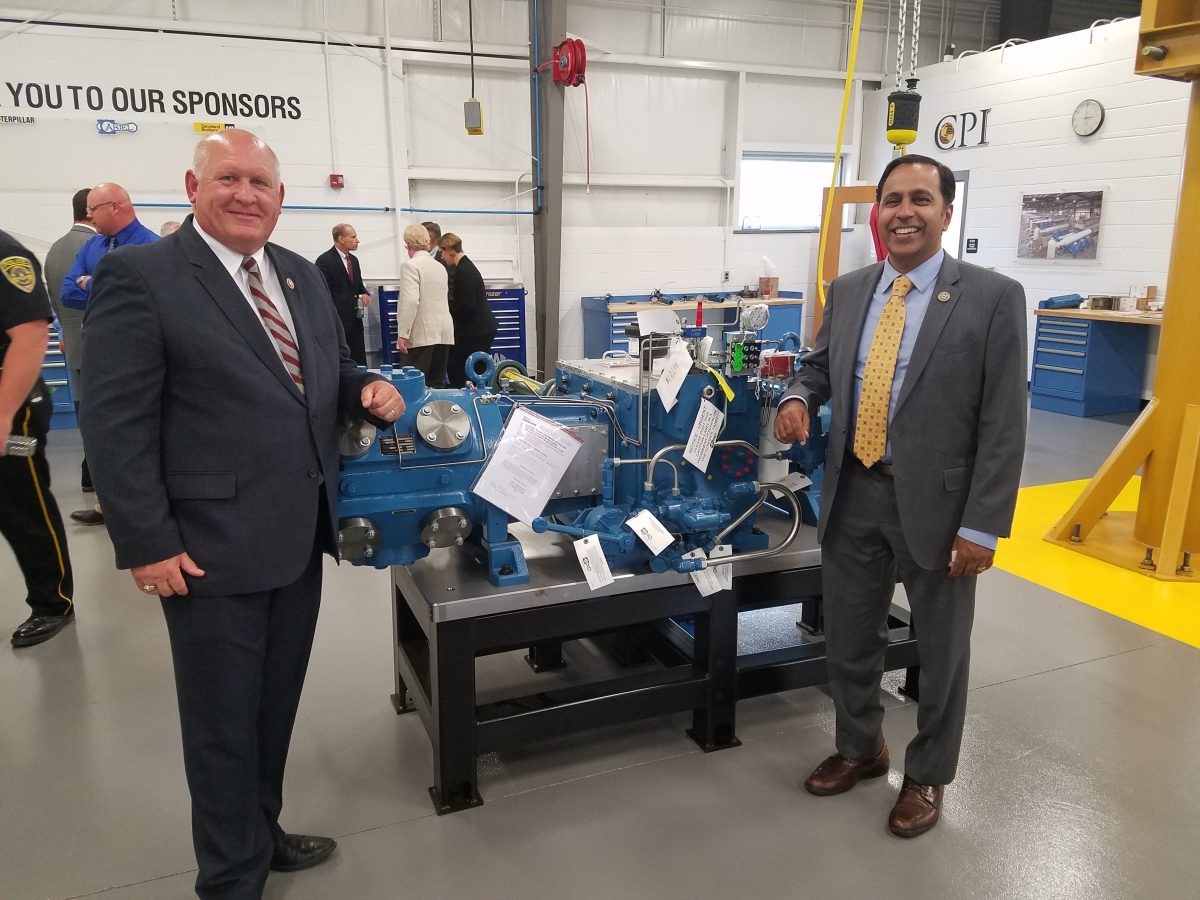The Strengthening Career and Technical Education for the twenty first Century (Perkins V) Act turned into signed into law this week and brings changes to the $1.2 billion annual federal funding in career and technical schooling (CTE). The U.S. Department of Education is asking forward to working with states to implement the brand new regulation which is going into impact on July 1, 2019 and replaces the Carl D. Perkins Career and Technical Education (Perkins IV) Act of 2006.
“The law creates new opportunities to enhance CTE and allows extra flexibility for states to fulfill the specific wishes in their freshmen, educators, and employers,” said Scott Stump, Assistant Secretary for Career, Technical, and Adult Education.
Provisions in Perkins V allow college districts to apply federal funds to provide all students, no longer simply the ones enrolled in CTE, profession exploration and development activities in the middle grades and for comprehensive steerage and educational counseling within the upper grades.
Perkins V eliminates the Department from negotiating state performance levels for pupil academic attainment and different effects, leaving it to states and their stakeholders to decide their performance desires.
Perkins V also updates and expands the definition of “special populations” to consist of homeless people, foster teens, and those who have aged out of the foster care system, and children with a discern who’s on energetic responsibility inside the defense force. The new law additionally will increase the quantity states may additionally spend on college students in state correctional structures, and increases the quantity states may additionally set aside in a “special reserve” fund to attention on rural regions, areas with high numbers or concentrations of CTE programs, or regions with gaps or disparities in performance.

